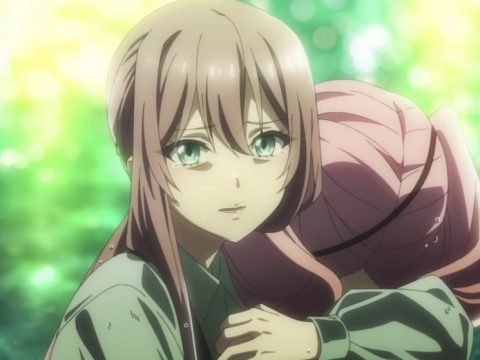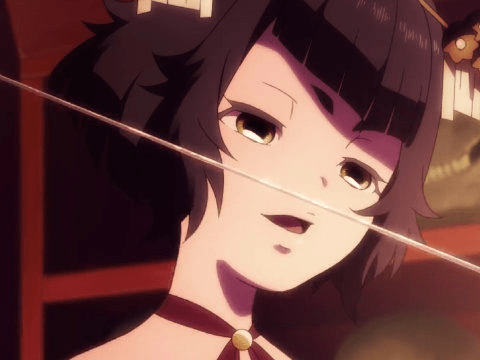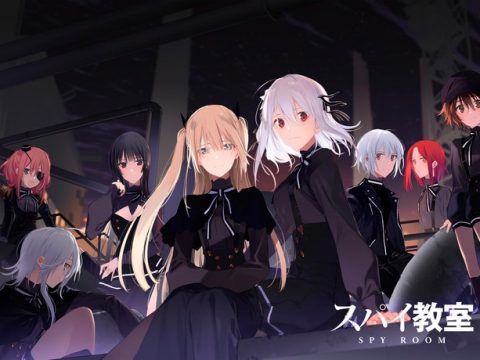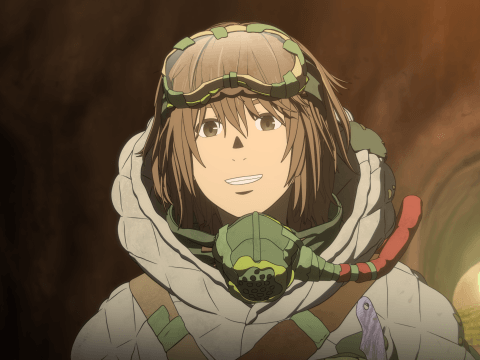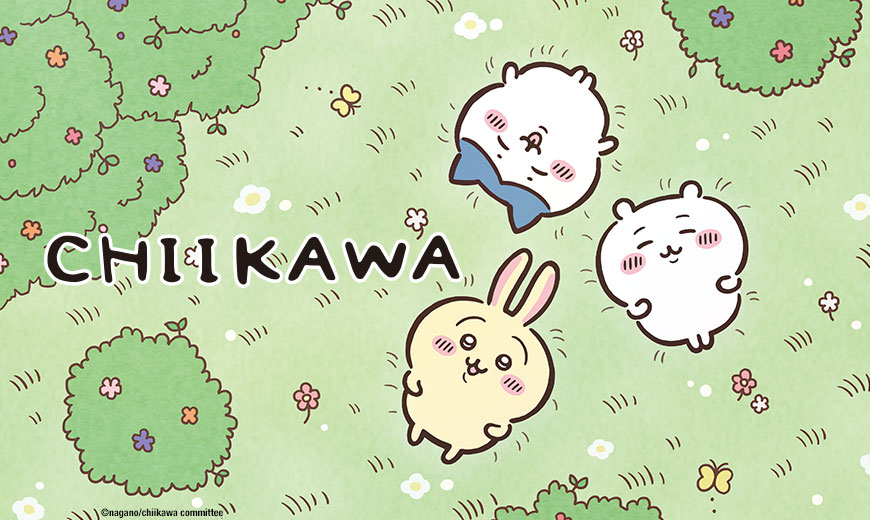
Sometimes people with disabilities have trouble getting and/or maintaining a job. But Shake Hands Sanjo-Karasuma, an anime studio in Kyoto, Japan, makes the point of hiring people with disabilities to help make anime.
Tomoya Sawada is the head of the company. All of this began with him creating an “employment support business” five years ago. There are ten people employed, all of whom are in their twenties and thirties, and all of whom have had job issues in the past. Now they are busy making key frames for six different anime series, such as the kawaii anime Chiikawa and Spy Classroom.
The workplace is styled to the needs of the different employees. For instance, if an employee gets so concentrated they might lose track of time, there’s a stopwatch to remind them to take breaks. If someone is easily distracted, they have curtains placed around them for quiet and privacy.
“Ever since I was a child, I was told I was ‘different,’ but there were many people way more unique than me at university, and I was unaware of my disabilities,” said 28-year-old Yuki Kawai, who was diagnosed with autism spectrum disorder, adjustment disorder, and attention deficit hyperactivity disorder. He used to believe he’d never be able to keep a job, but that was before he found this studio.
It doesn’t mean everything is perfect at the studio. Employees in anime often aren’t paid well, and that is definitely the case here. However, Sawada says that as their studio grows, the employees continue to make more money. Hopefully this pattern will continue. “Although it (the wage) is still not as much as an ordinary company, we were able to increase the monthly income of those who could not earn 10,000 yen (about $70) to nearly 100,000 yen (roughly $670),” Sawada remarked.
And he wants to keep doing this line of work. “I believe there are many people with disabilities who are suited for anime production. I would like to help them gain confidence through the experience of creating something of value, and continue to build a bridge between those with disabilities and the creative industry.”
Source: Mainichi Shimbun
____
Danica Davidson is the author of the bestselling Manga Art for Beginners with artist Melanie Westin, plus its sequel, Manga Art for Everyone, and the first-of-its-kind manga chalk book Chalk Art Manga, both illustrated by professional Japanese mangaka Rena Saiya. Check out her other comics and books at www.danicadavidson.com.


